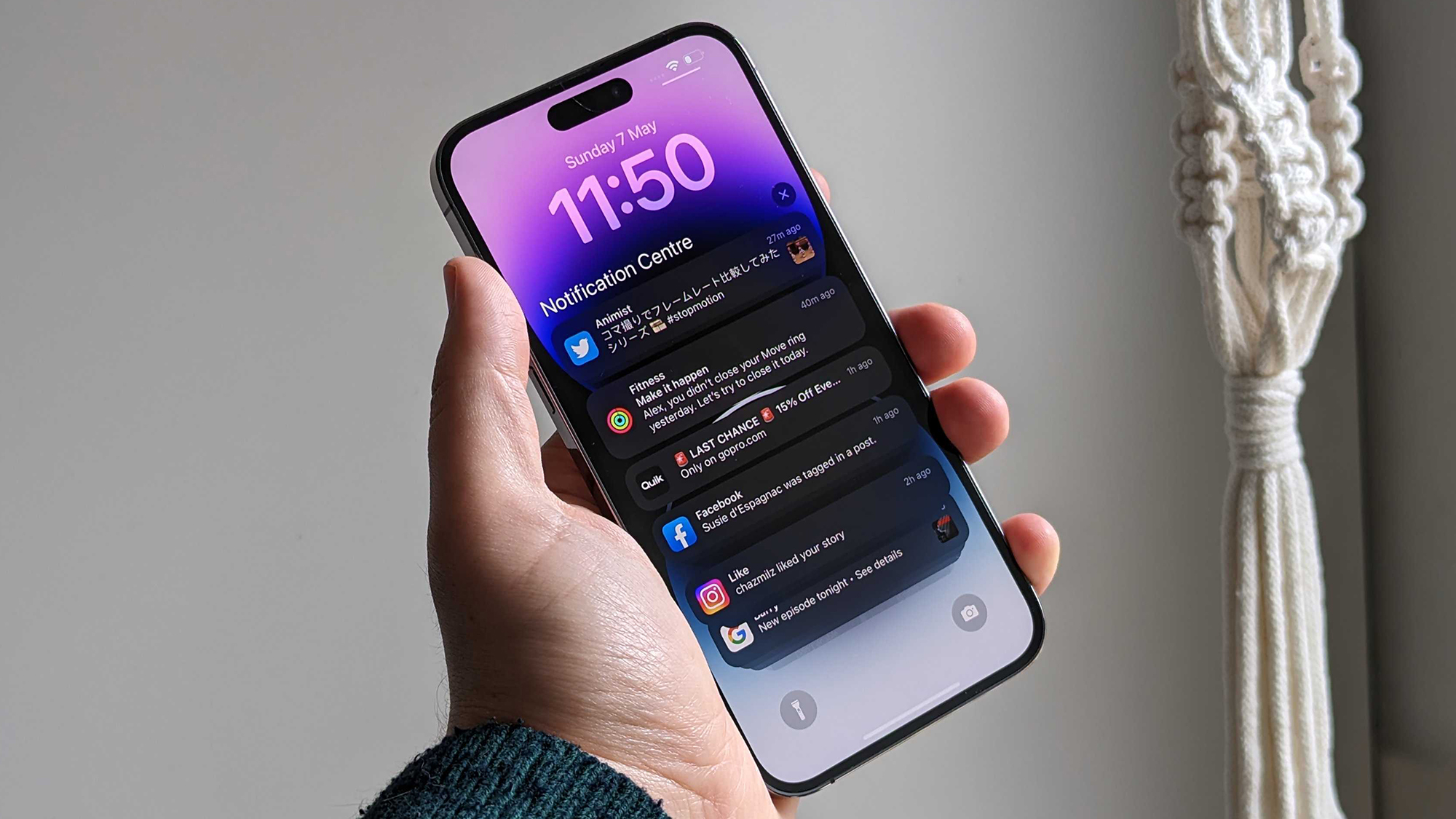The iPhone 15 Pro’s chipset could be far more advanced than the Galaxy S23’s
Billions more transistors

There’s no denying that the chipset powering the Samsung Galaxy S23 and its siblings is powerful. In fact, Samsung has access to the most powerful version of the most powerful chipset available to Android phones right now, namely the Snapdragon 8 Gen 2 for Galaxy. Yet, the chipset inside the iPhone 15 Pro and the iPhone 15 Pro Max might be significantly more powerful.
That’s because while all versions of the Snapdragon 8 Gen 2 use a 4nm (nanometer) process, the A17 Bionic chipset that we’re expecting inside Apple’s next Pro phones is likely to use a 3nm process.
This isn’t new information, reports that Apple was working on a 3nm chipset started circulating as early as April 2022, but more recently a report in DigiTimes stated that Apple had scooped up 90% of TSMC’s 3nm production capacity for 2023.
TSMC is the company that manufactures most of the top chipsets, including A-series ones and the Snapdragon 8 Gen 2 for Galaxy. So with Apple booking up most of the company’s production capacity, it’s unlikely that a rival 3nm chipset would be able to launch this year.
More transistors for more power
But what does all this mean? Well, a 3nm production process essentially means that far more transistors can be fitted in the same space as with a 4nm chipset. The 4nm A16 Bionic in the iPhone 14 Pro, for example, has 16 billion transistors – as does the Snapdragon 8 Gen 2, while the 5nm A15 Bionic in the iPhone 13 Pro has 15 billion.
However, the jump to the A17 Bionic could be even bigger, with this reportedly having anywhere from 18 billion to 24 billion transistors, depending on which leaks you believe.
More transistors typically means more power and greater power efficiency, so this could result in the iPhone 15 Pro and iPhone 15 Pro Max boasting significantly better performance and battery life than other phones.
Sign up for breaking news, reviews, opinion, top tech deals, and more.
Apple could be first to 2nm too
Now, next year it’s likely that Samsung and other Android manufacturers will catch up, especially as a new version of the 3nm production process is reportedly in the works, which would make 3nm chipsets far more affordable. That’s relevant because the high cost to produce these chipsets currently could – as Phone Arena notes – also be putting manufacturers other than Apple off.
However, Apple could take the lead again soon after, as according to Taiwanese site the Commercial Times, TSMC is already developing a 2nm process, and so far only Apple and Nvidia have signed up for these chipsets, with the latter of those not making chipsets for phones.
That suggests we might be waiting longer for a 2nm Snapdragon chipset. Then again, even Apple reportedly won’t benefit until 2025, likely with the launch of the iPhone 17 line, and there’s a chance Samsung could get out ahead with a home-grown 2nm chipset, rather than relying on Snapdragon and TSMC. Either way though, other Android manufacturers could be left trailing behind.
James is a freelance phones, tablets and wearables writer and sub-editor at TechRadar. He has a love for everything ‘smart’, from watches to lights, and can often be found arguing with AI assistants or drowning in the latest apps. James also contributes to 3G.co.uk, 4G.co.uk and 5G.co.uk and has written for T3, Digital Camera World, Clarity Media and others, with work on the web, in print and on TV.